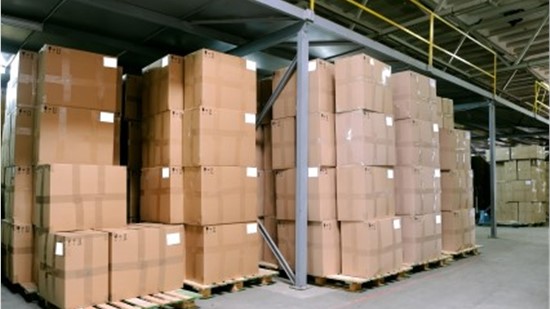General Tips:
When is the best time to move?
Take all factors into consideration when deciding on the best time for you to move. Keep in mind, however, that the summer months (mid-May to mid-September) and the beginning and end of each month (regardless of the season) are particularly busy for moving companies and may require more flexibility and advanced scheduling.
How do I determine which moving companies to contact?
Ask your neighbors, friends, coworkers, and family members if they can make recommendations. Investigate each of the movers you select with the Better Business Bureau. Good service is the best measure of a good mover. We have even more resources about choosing the right mover here.
When should I contact moving companies for estimates?
Try to provide moving companies with as much notice as possible, especially if you are moving during the summer months. We recommend at least four to six weeks before your desired moving date. This will increase your likelihood of securing the pickup and delivery dates you desire.
What happens when a relocation consultant comes to my home?
The relocation consultant will arrive at your home to perform a visual survey of your items. The consultant must be able to clearly see what is being moved in order to provide you with an accurate estimate. If you know of items that are out of view or will be eliminated, be certain to point them out to the consultant. Once the visual survey is completed, the consultant will calculate the weight, packing cost, and any other charges related to your move.
How do I care for my plants during a move?
As a general rule, moving companies will not accept liability for the safe transport of plants. In addition, some states have rules prohibiting the transport of certain plants across state lines. If you wish to transport on your own, keep the following tips in mind:
- Provide plants with extra sunlight for several weeks prior to moving day to allow them to store extra energy.
- Prune back overgrown leaves and branches about a month before moving and curtail feeding to minimize growth.
- Thoroughly water the plant the day before you move.
- Place the plant in a sturdy carton to keep it from tipping over.
How should I prepare a vehicle for transport?
When preparing a vehicle to be moved on one of our trucks, there are a few things to keep in mind. Automobiles should have ¼ or less fuel in the gas tank and be checked for any oil, battery acid, or radiator fluid leaks. Boats should be drained of all fuel and oil in the motor.
Tipping Your Movers:
When should I tip movers?
We often get asked by our customers if it is standard to tip the movers, and if so how much. Our response is yes, provided the following occurred:
- The moving crew showed up on time, or if they were running late you were notified.
- They were polite and courteous.
- They worked hard and did not take extended breaks.
- They took very good care of your furniture and residence.
- They moved all of your items and were responsive to any requests you had.
Okay, so we did all that. How do you tip and how much? Some basic guidelines: on a one-day local move, $20 to $30 per mover is typical. If it is a multi-day move, you may want to consider $20 per mover per day. For a long-distance move, it can be around $50 per mover for loading, and then again $50 for delivery.
When should I tip more?
- If the items were extremely heavy.
- If there were a lot of stairs.
- If parking was an issue and required a longer carry distance for the items.
- There were delicate items that required extra care.
- If weather conditions were tough, including extreme heat or cold, snow, rain, strong winds, etc.
- The crew went above and beyond.
Am I required to tip?
No. Tipping is at the customer’s discretion. Also, at no time should any crew member EVER solicit a tip. If this occurs, please let our office or your sales rep know immediately. Note: Most of our crews bring food and water and usually go to lunch (a lunch break is factored into the move). However, it is very much appreciated when a customer offers them drinks or snacks, particularly when it is hot/humid out.
In-Home Estimates vs. Virtual Estimates:
Why is an in-home estimate preferred?
In-home estimates are always more accurate than virtual or video estimates. Furniture has all different sizes, shapes, and weights- which affects the price of the move and how it is moved. Entrances, exits, hallways, and stairs are just some of the things that need to be seen up close to ensure ease of movement and to avoid damage to the furniture, walls, and door frames. Specific items such as artwork, pictures, glass and marble tops, statues, and any delicate pieces are items that need to be seen firsthand and measured if necessary, to determine if they need special handling or crating. Our salespeople are the professional representatives of our company. They put the customer at ease and put a face behind the move. These are just a few of the examples of why we prefer to provide an in-home estimate.
How do I know I'm getting a quality estimate?
Back to Top
When using a mover, remember that you are the customer and the boss. If you have any concerns at all, contact your move coordinator immediately.





